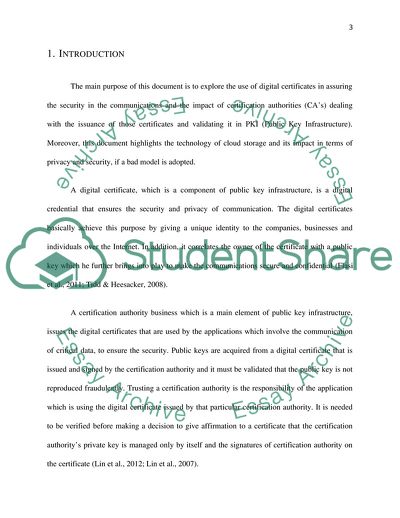Cite this document
(Digital Certificates and Certification Authorities Report Example | Topics and Well Written Essays - 4000 words, n.d.)
Digital Certificates and Certification Authorities Report Example | Topics and Well Written Essays - 4000 words. https://studentshare.org/information-technology/1793933-secured-systems
Digital Certificates and Certification Authorities Report Example | Topics and Well Written Essays - 4000 words. https://studentshare.org/information-technology/1793933-secured-systems
(Digital Certificates and Certification Authorities Report Example | Topics and Well Written Essays - 4000 Words)
Digital Certificates and Certification Authorities Report Example | Topics and Well Written Essays - 4000 Words. https://studentshare.org/information-technology/1793933-secured-systems.
Digital Certificates and Certification Authorities Report Example | Topics and Well Written Essays - 4000 Words. https://studentshare.org/information-technology/1793933-secured-systems.
“Digital Certificates and Certification Authorities Report Example | Topics and Well Written Essays - 4000 Words”. https://studentshare.org/information-technology/1793933-secured-systems.


